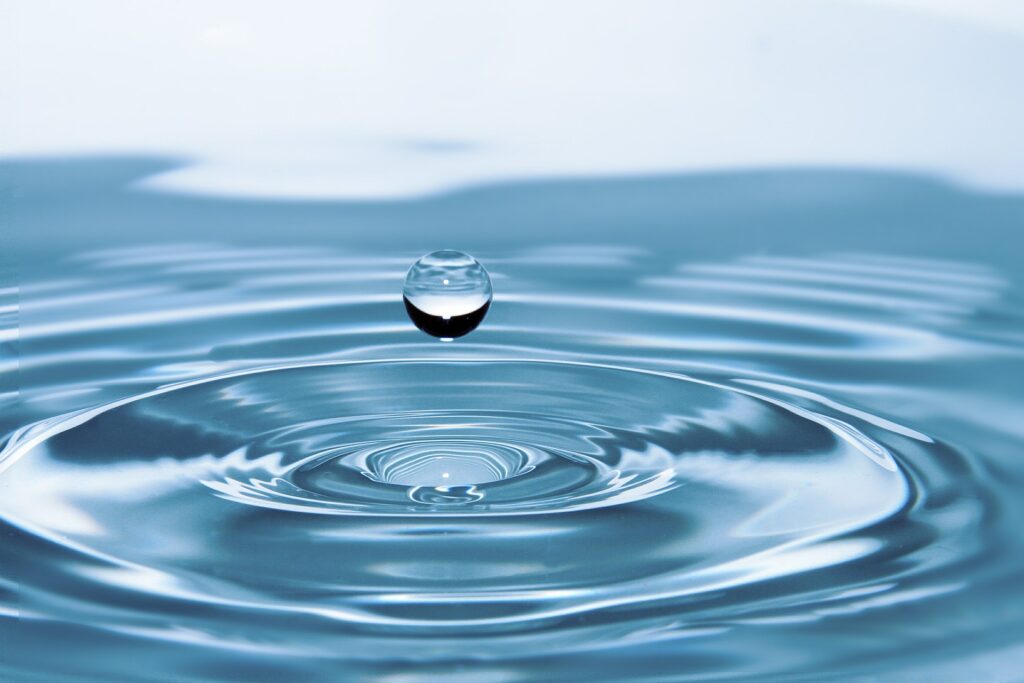Clinical Practice
How are Clinical Decisions made in acupuncture?
With every patient encounter, the knowledge and information we use to inform our decisions comes from a variety of sources. In biomedicine, clinical practice is based upon a model of anatomy, physiology, and biochemical mechanism. In traditional acupuncture, clinical practice is based on models described in classical theory, including the meridian map, five phase dynamics, yin/yang duality, and others. Sources of information influencing both biomedicine and acupuncture practice include:
- Clinical Trials
- Case Reports
- Textbooks/Online repositories
- Professional Journal articles
- Knowledge learned from mentors and teachers
- Professional conferences/continuing education events
- Personal Experience
Depending on the modality, different sources of information are prioritized during patient care decisions. For example, for traditional acupuncturists, what we learn from mentors tends to be of high priority. According to evidence-based medicine, clinical trials receive high priority.
Where do case reports fall along this spectrum? In biomedicine, case reports are often written to identify a new condition, to alert practitioners to adverse events, and to create hypotheses for further clinical study, as new knowledge in the field is generated through expensive clinical trials and academic institutions. In acupuncture case reports are often written for other purposes: to illustrate the use of a specific technique or approach, to present a new idea or interpretation, or to demonstrate how a different problem was solved. Case reports can model the logic behind successful diagnosis and treatment, which is a key aspect to learning clinical practice. They can help us answer questions like:
- If a patient has multiple complaints, how do I decide what to address first?
- How do I decide whether to use Japanese acupuncture or TCM for my patient?
- How do I gauge the improvement of my patient?
- What do I pay attention to when I am diagnosing a patient with asthma?
- I’ve done everything I know how to for my patient with stubborn plantar fasciitis. What other treatment techniques might I try?
- How do experienced practitioners modify the IVF acupuncture protocol depending on the patient?
- How do I know if my patient is someone who might respond to the External Dragons treatment?
- How soon can I anticipate that a patient will start to feel better or recover?

Many practitioners turn to social media groups to answer these types of questions. However, these groups do not provide the best evidence for making clinical decisions for several reasons.
- The suggestions given online often disregard the diagnosis – point protocols are suggested without any consideration for whether or not the treatment fits the patient at hand.
- The exchanges on social media are missing key components to patient care, like the number and frequency of treatments, needle manipulation, and even outcomes. The advice given may not be helpful if these other parameters are not specified.
- To establish ourselves as professionals, our evidence base must be professional as well – when suggestions are made online, no one knows where the information comes from, whether it be actual case experience, something learned from a mentor or in class, a textbook solution, or something that theoretically might work but hasn’t been tried.
A case report is a clear and thorough record of what happened in a case, which can be preserved and accessed along with the discussion of how it may be useful in practice. Reading case reports can offer important considerations for patient care. On a larger scale, when enough case reports are written, we may be able to parse through them to agree on standard competencies for effective techniques beyond the basic TCM education. In this way, case reports can be used to improve clinical acupuncture both at the individual level and also overall for the field.
Writing a detailed case report can establish you as an expert, make a record that others can learn from, and work to preserve the practice of traditional acupuncture. Furthermore, case reports describing new acupuncture techniques and new interpretations may help to grow the field into the future.
For a deeper look at the role of case reports in clinical practice, click here.




